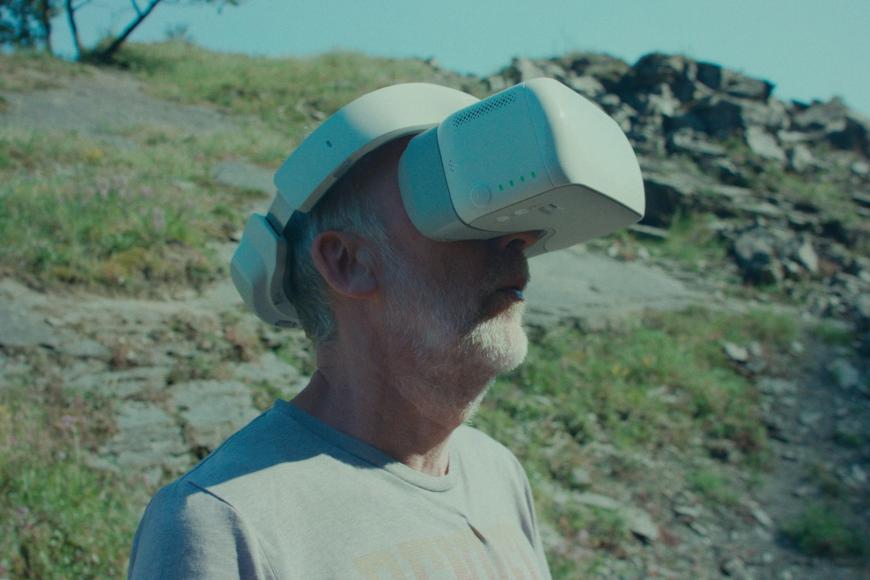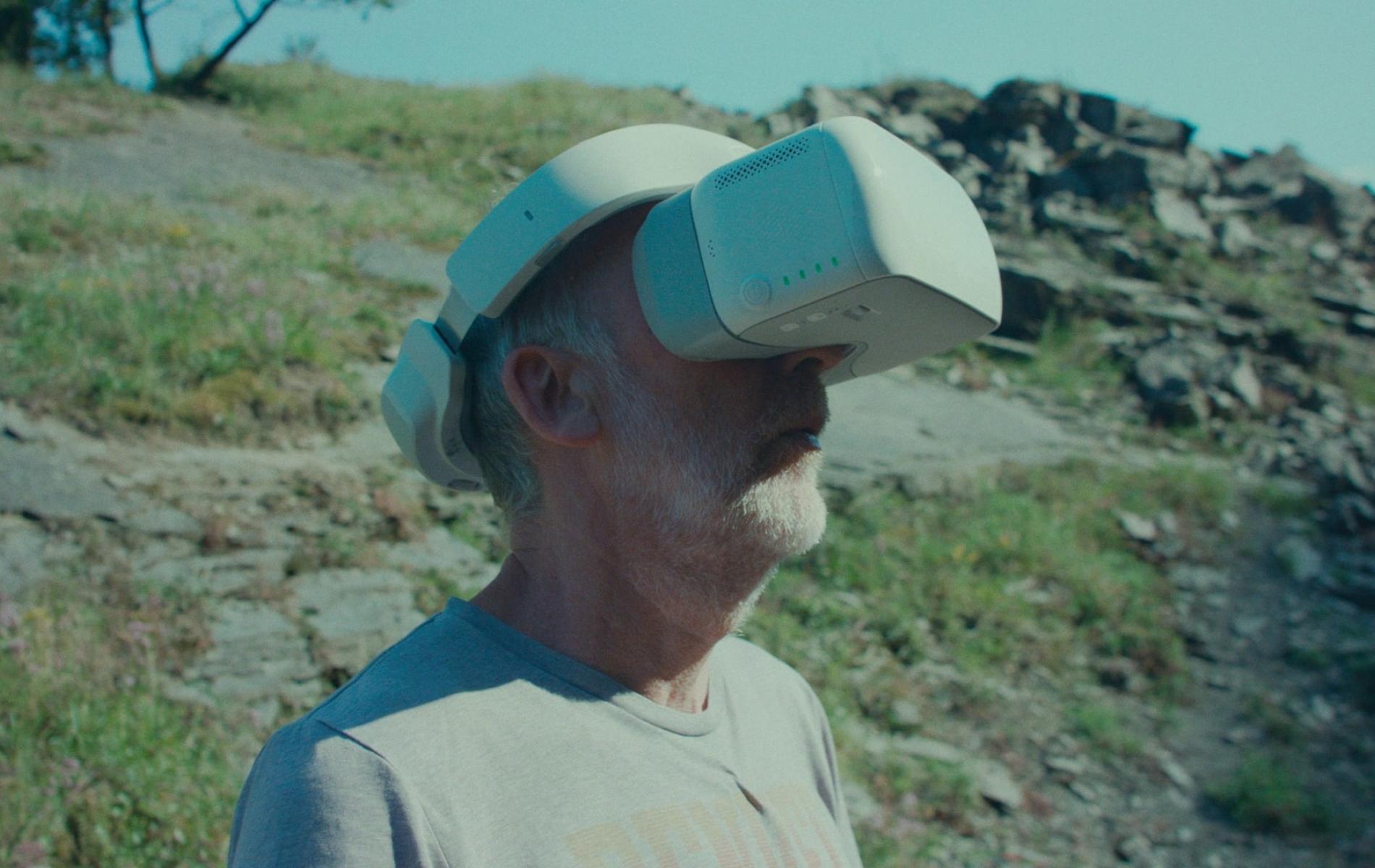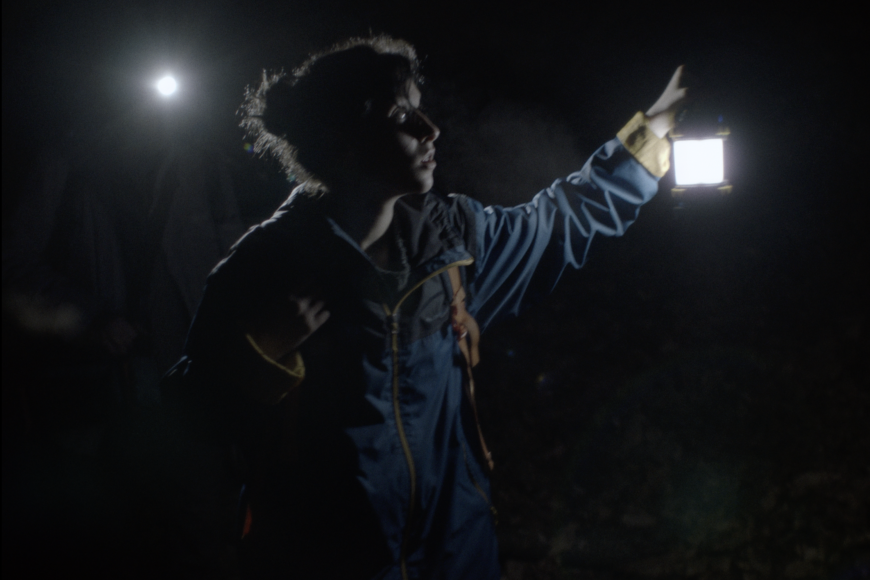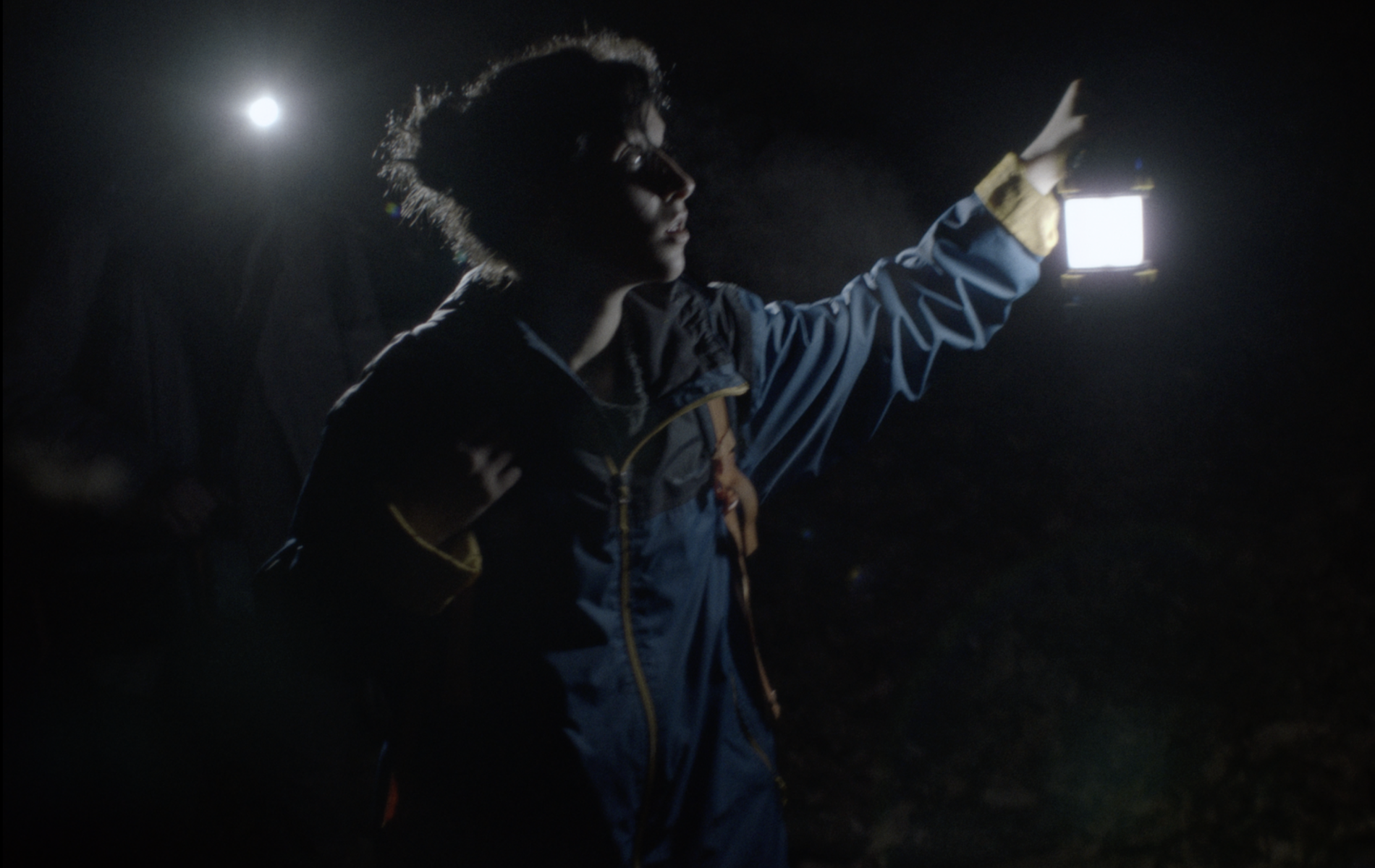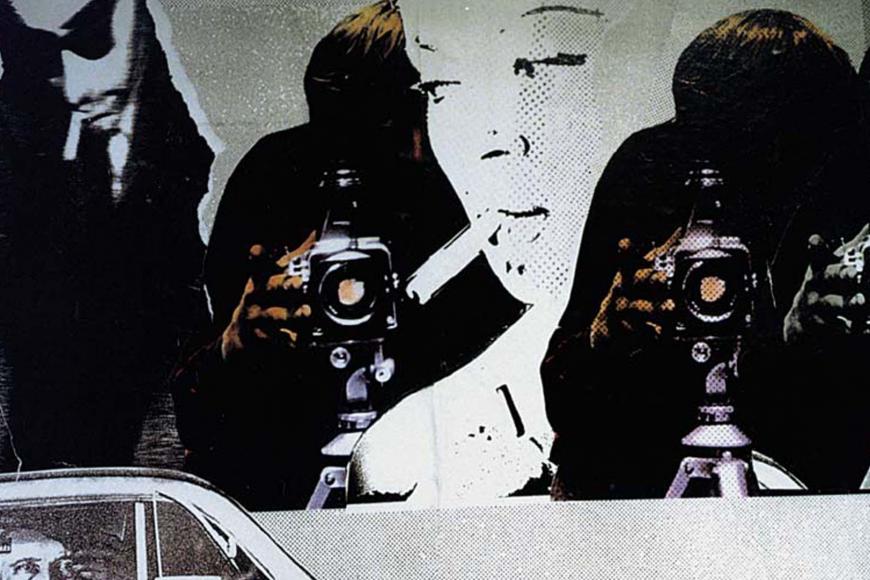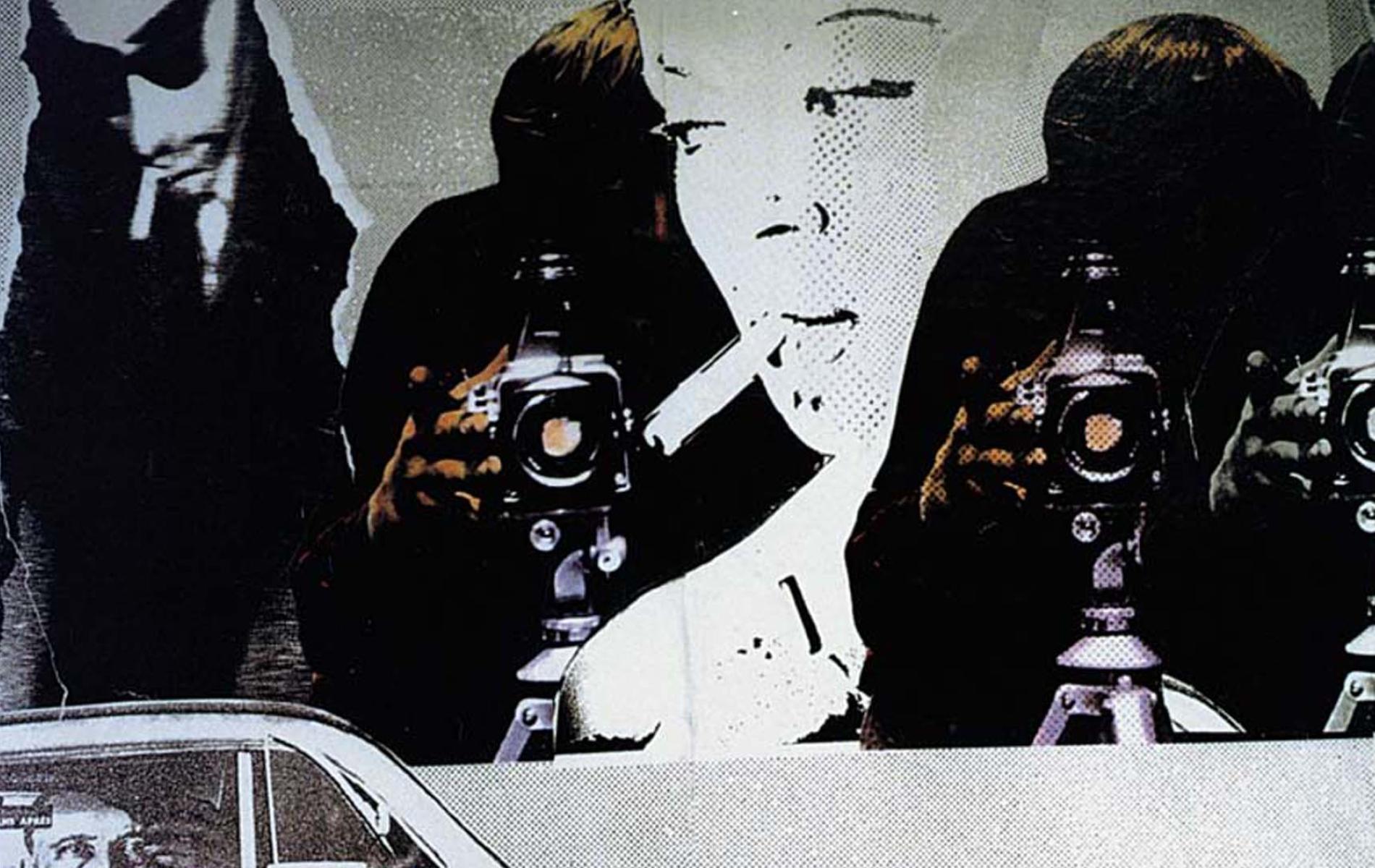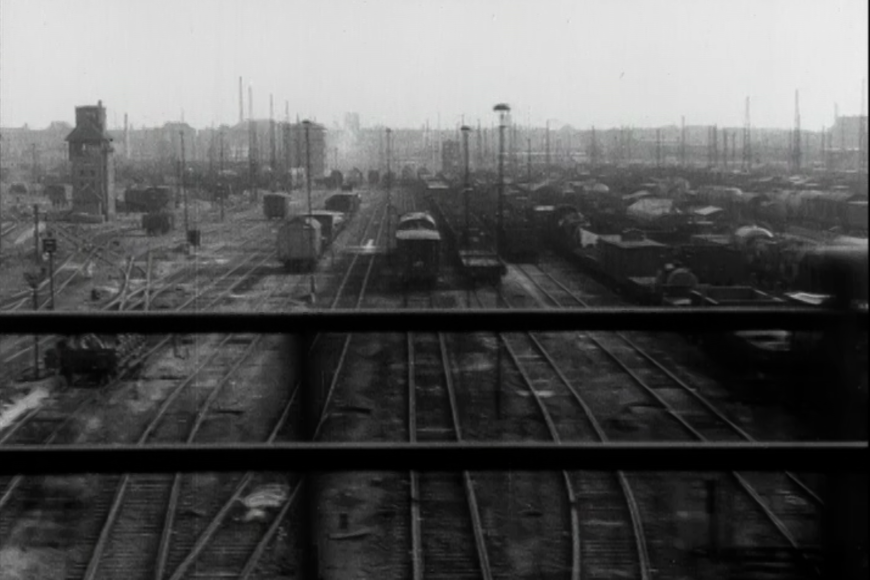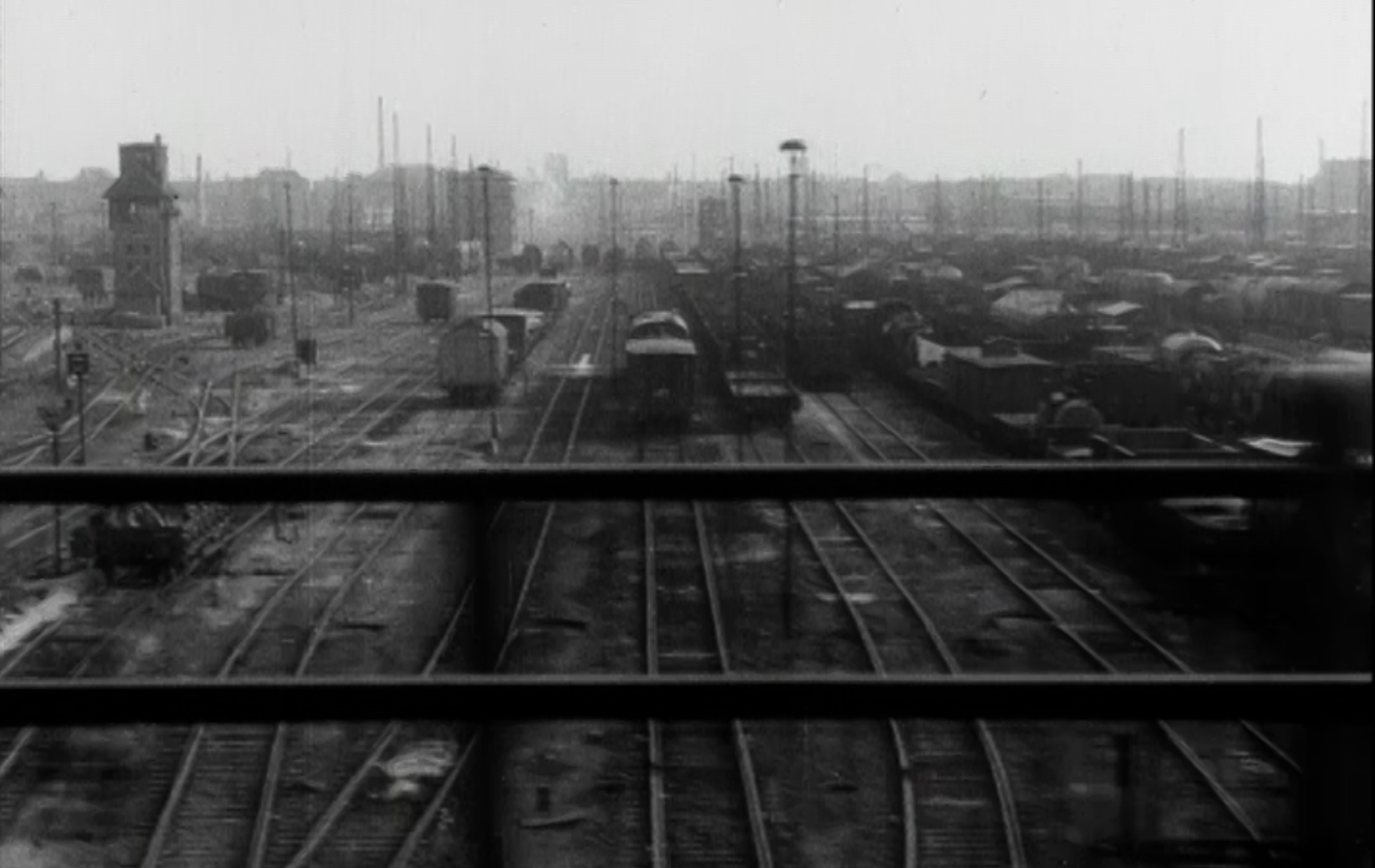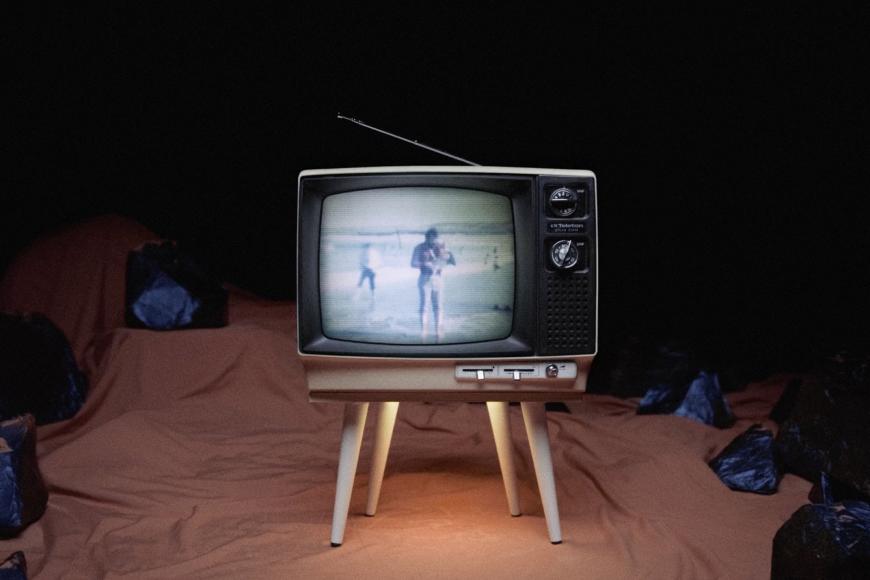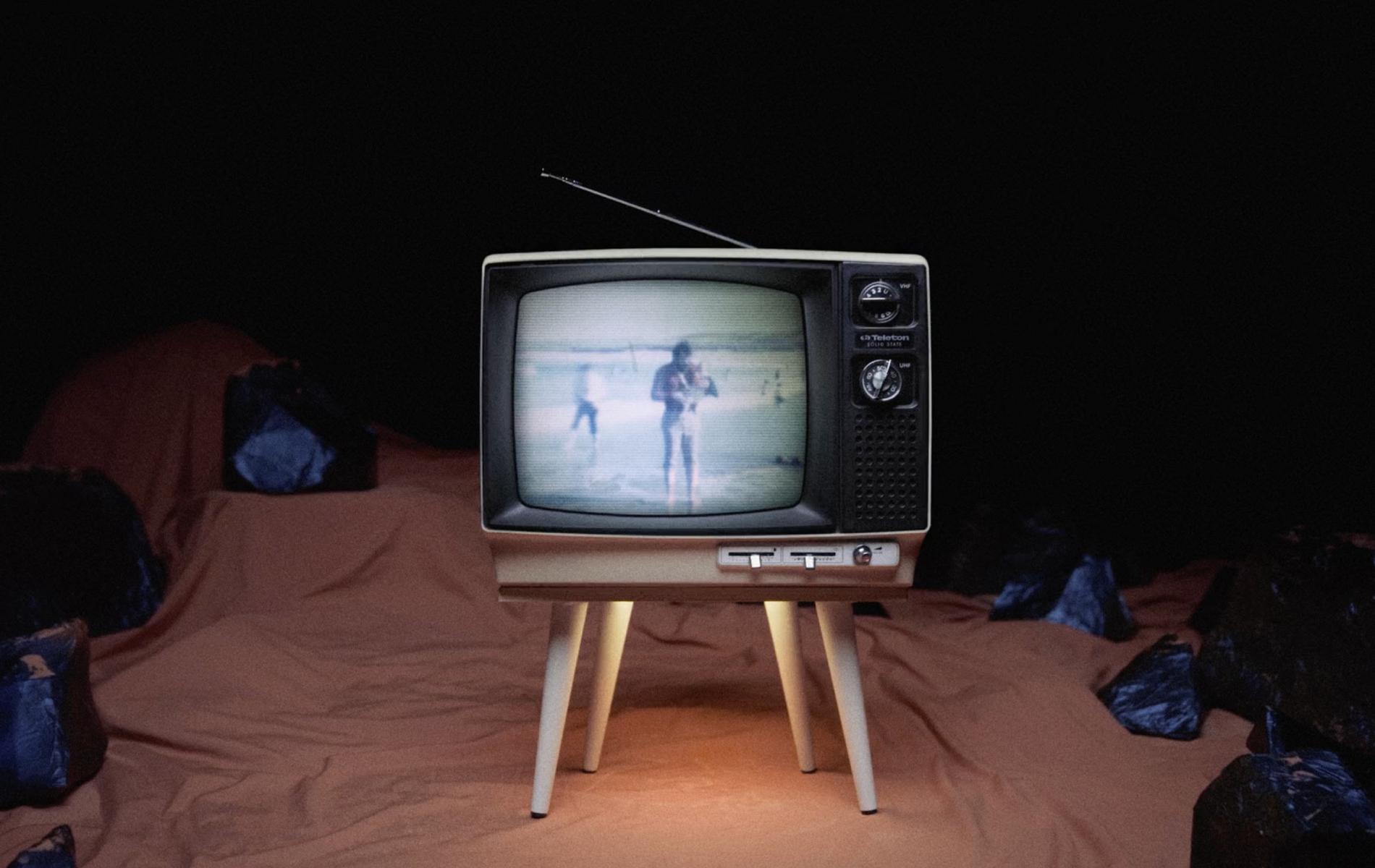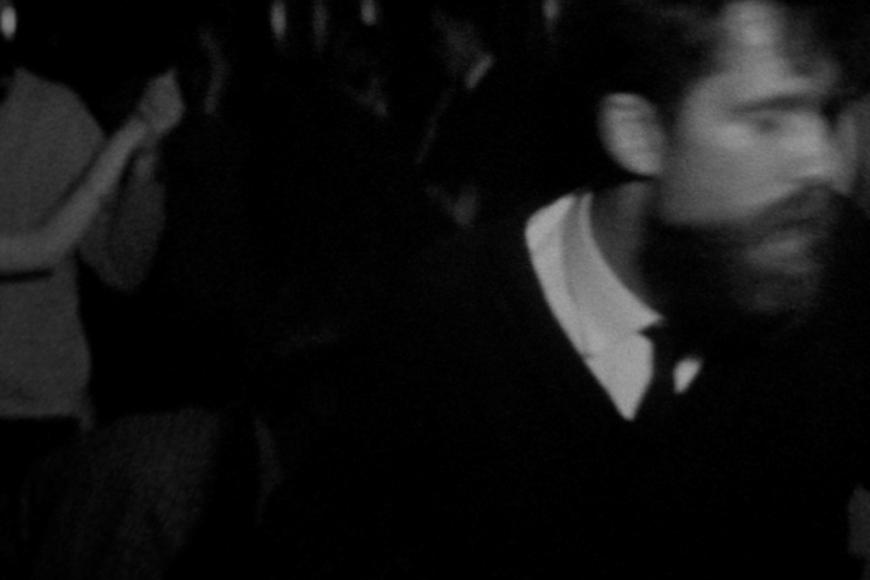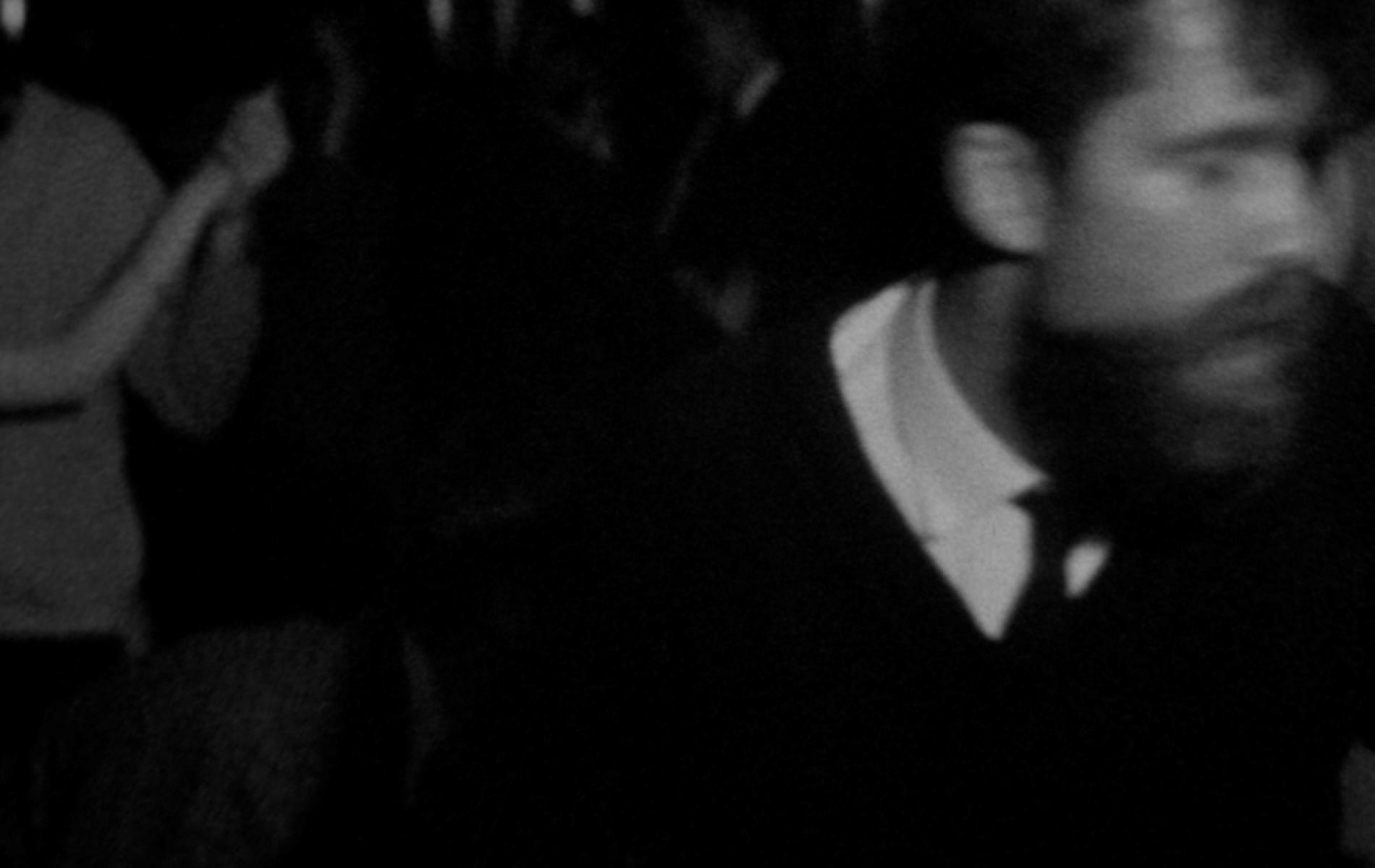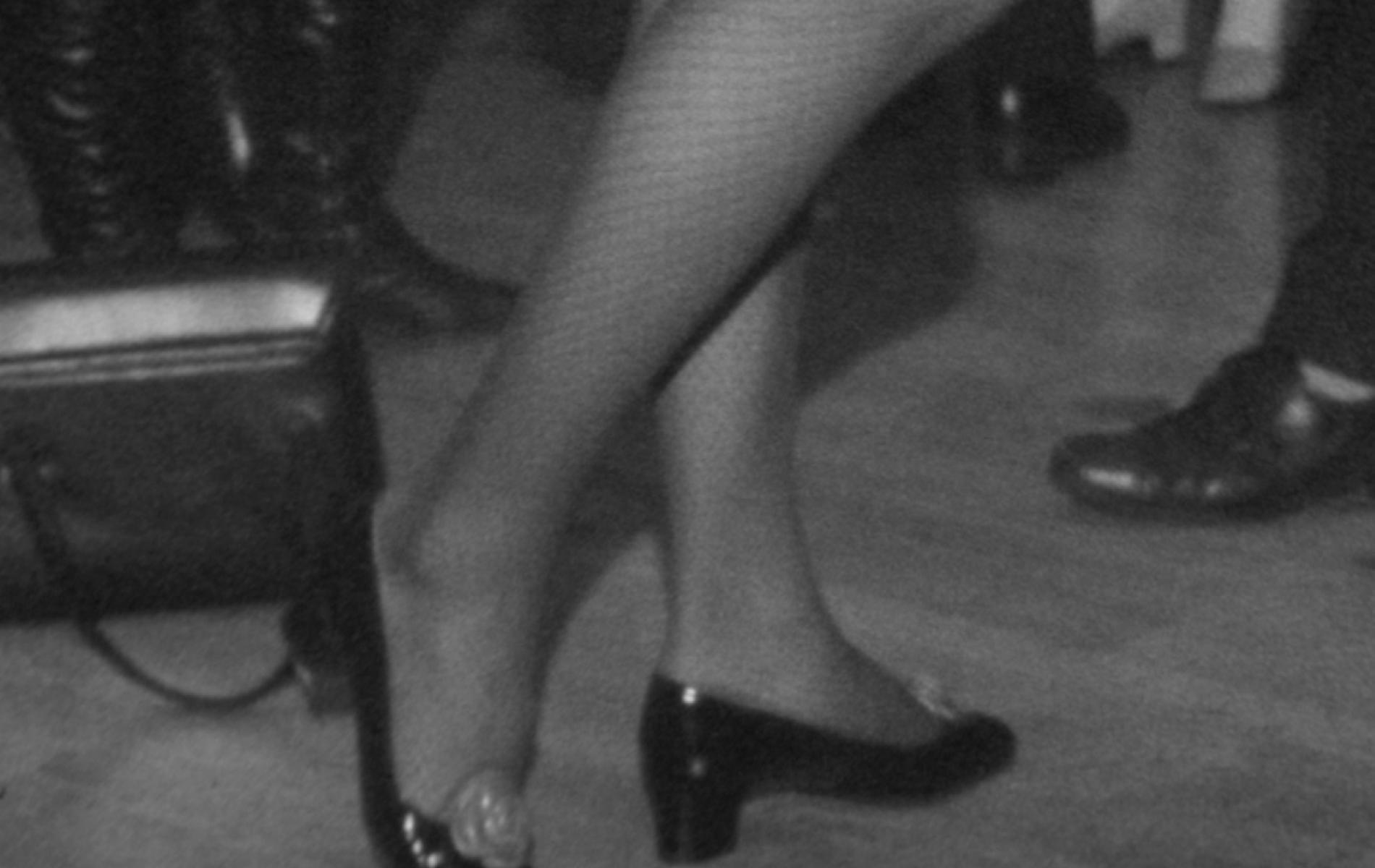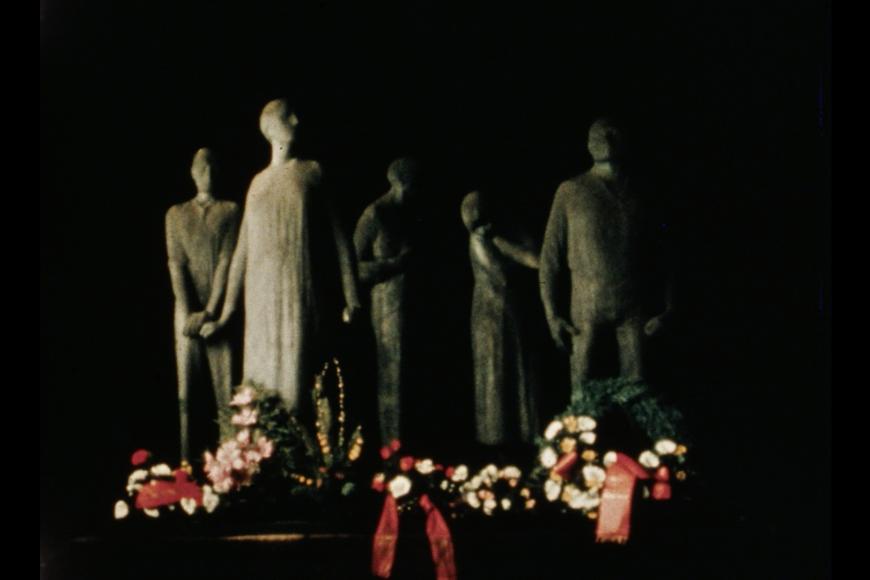
… Do Not Forget Us! [excerpt]
A film is ceremonially screened on the 40th anniversary of the murder of the resistance group around KPD (Communist Party of Germany) functionary Georg Schuman. Present is Horst Schumann, son of the resistance fighter and 1st Secretary of the SED Leipzig District Authority. The filmed document and the documented screening become propaganda accomplices: The GDR present perpetuates the history of NS resistance.
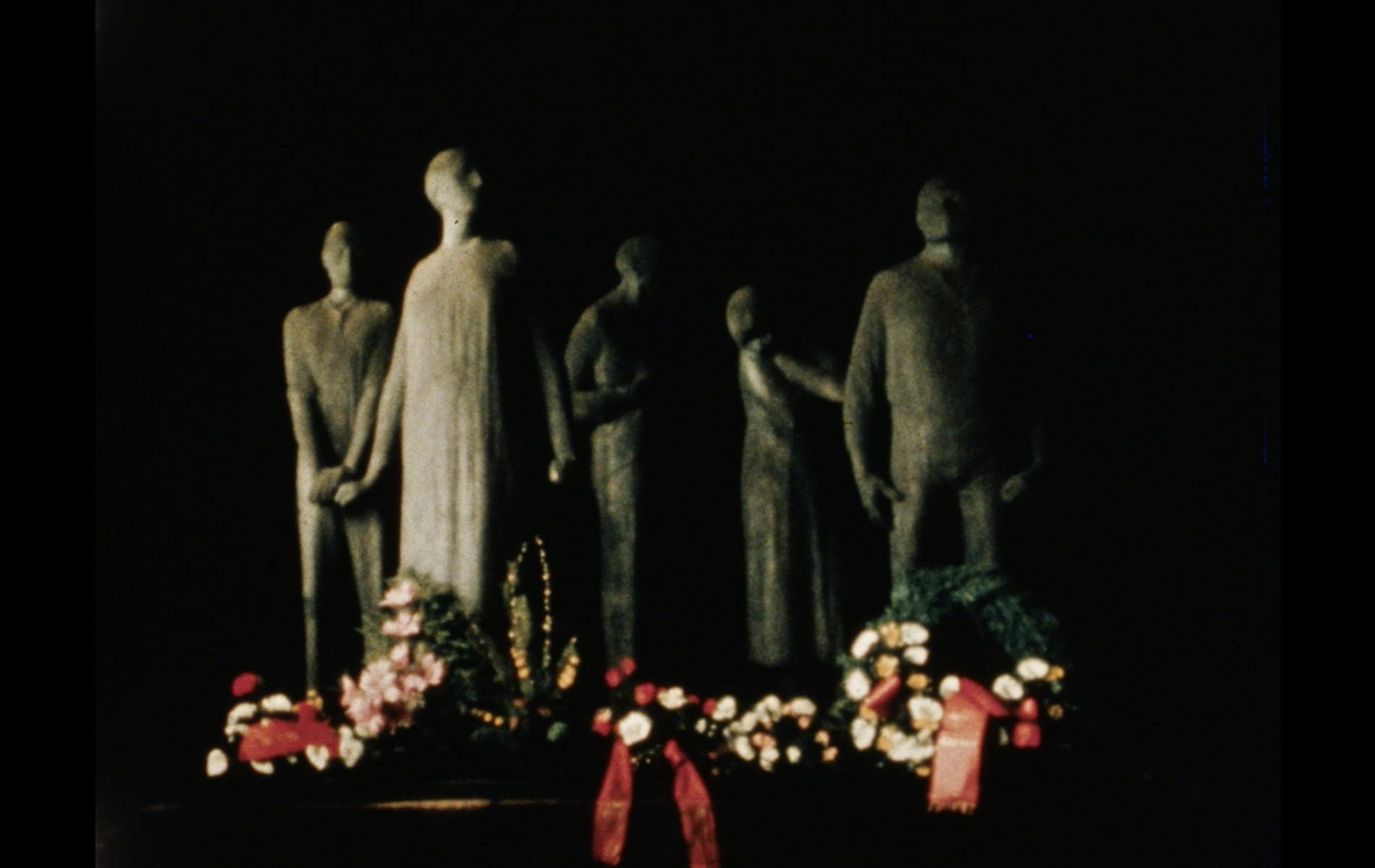
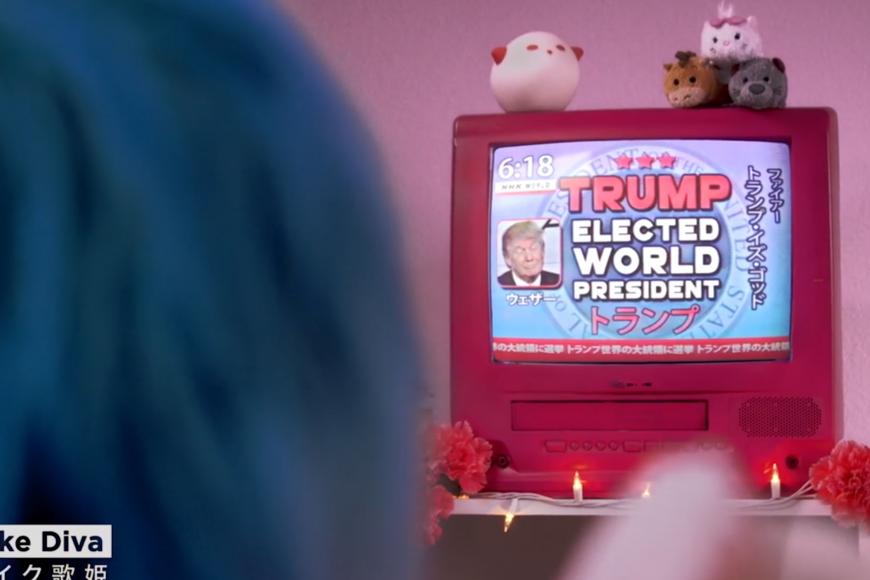

![Filmstill [Opening speech for the retrospective “Cuban Documentary Film”] [excerpt]](/sites/default/files/styles/stepped_teaser_/public/fiona/films/stills/87e27ec7-a5fa-4f0c-bacb-21a6b6cbc8ec.jpg?h=e23cd095&itok=YShdmdTq)
![Filmstill [Opening speech for the retrospective “Cuban Documentary Film”] [excerpt]](/sites/default/files/styles/film_stills_full_content_view/public/fiona/films/stills/87e27ec7-a5fa-4f0c-bacb-21a6b6cbc8ec.jpg?h=e23cd095&itok=u3tyNSAe)
![Filmstill [An Interview with Ingeborg Tölke]](/sites/default/files/styles/stepped_teaser_/public/fiona/films/stills/6ff3c370-f0ce-42a3-a57e-4f37f285b500.jpg?h=10d202d3&itok=ucGPR2ad)
![Filmstill [An Interview with Ingeborg Tölke]](/sites/default/files/styles/film_stills_full_content_view/public/fiona/films/stills/6ff3c370-f0ce-42a3-a57e-4f37f285b500.jpg?h=10d202d3&itok=GSNeT1JY)
![Filmstill [Kurt Biedenkopf visits a Soviet tank regiment]](/sites/default/files/styles/stepped_teaser_/public/fiona/films/stills/45138e5f-4fbb-4495-ad4b-2042f249e46f.jpg?h=e66719d7&itok=vJgnCPmq)
![Filmstill [Kurt Biedenkopf visits a Soviet tank regiment]](/sites/default/files/styles/film_stills_full_content_view/public/fiona/films/stills/45138e5f-4fbb-4495-ad4b-2042f249e46f.jpg?h=e66719d7&itok=mQnZG5pZ)
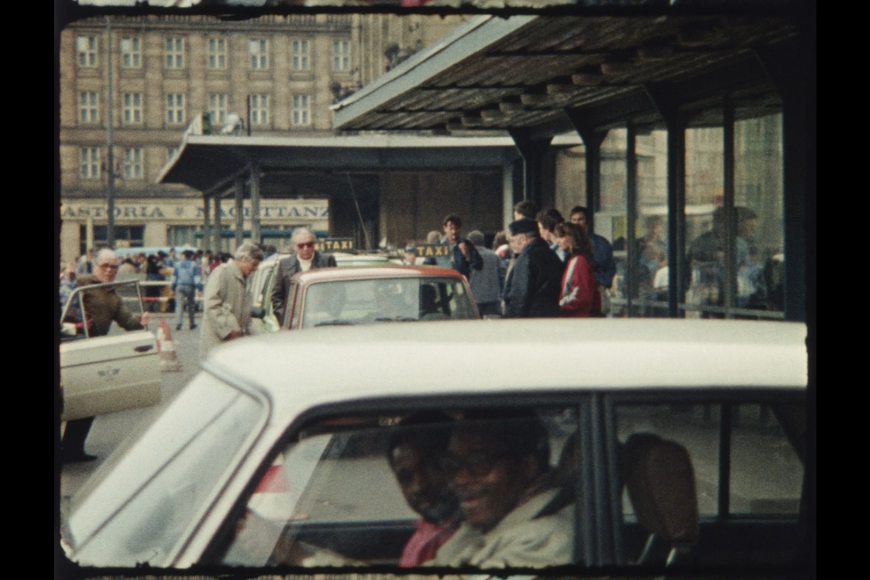
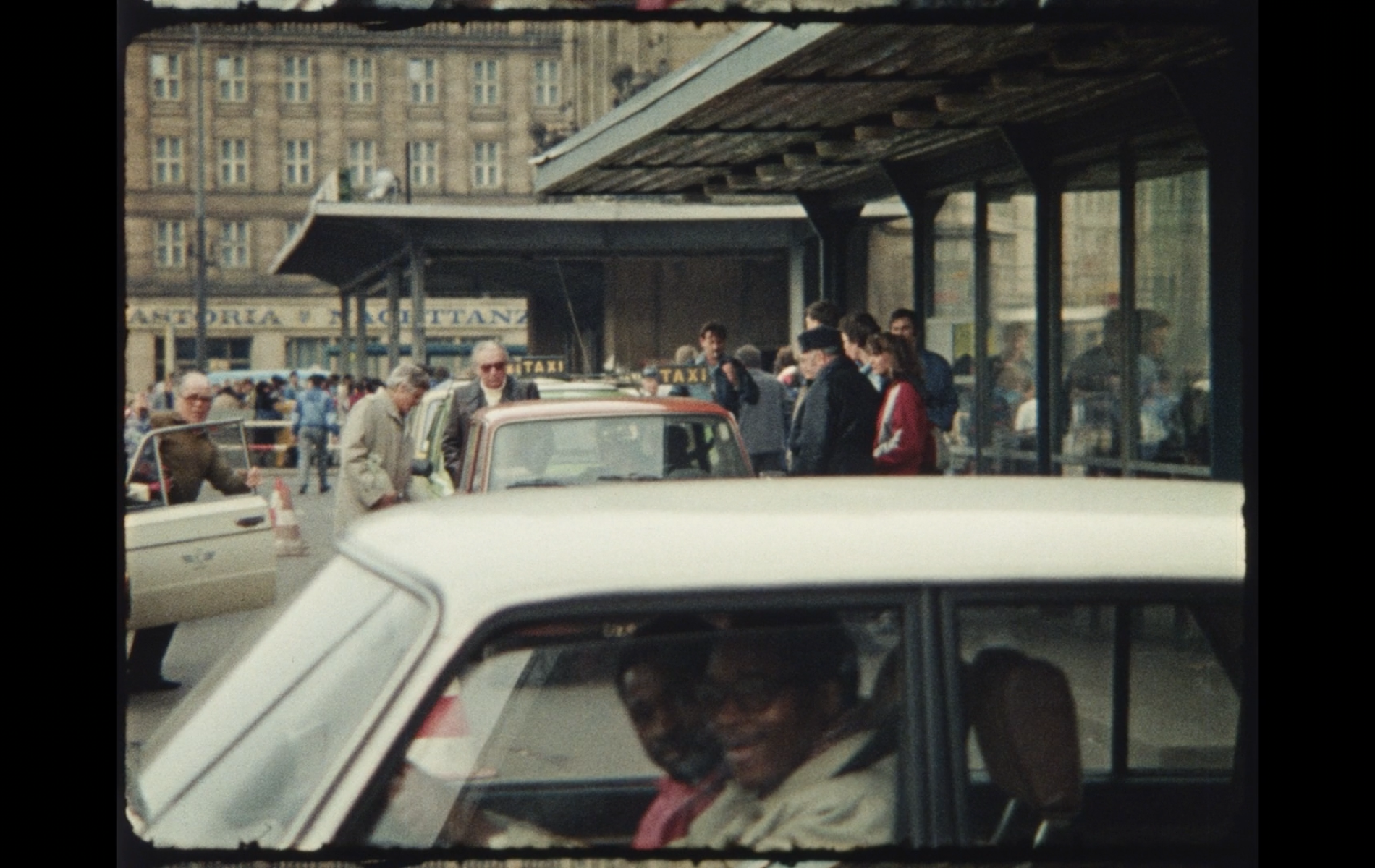
![Filmstill [Posthuman Wombs]](/sites/default/files/styles/stepped_teaser_/public/fiona/films/stills/070b020f-bb2b-4c5b-914f-7021939da925.jpg?h=131411b1&itok=zWlX1Cfz)
![Filmstill [Posthuman Wombs]](/sites/default/files/styles/film_stills_full_content_view/public/fiona/films/stills/070b020f-bb2b-4c5b-914f-7021939da925.jpg?h=131411b1&itok=uU3ALwiJ)
![Filmstill [Sierra Leone]](/sites/default/files/styles/stepped_teaser_/public/fiona/films/stills/c1b8736d-6a68-43e6-8099-84d4ab26cccf.png?h=d1cb525d&itok=4RomqN0Q)
![Filmstill [Sierra Leone]](/sites/default/files/styles/film_stills_full_content_view/public/fiona/films/stills/c1b8736d-6a68-43e6-8099-84d4ab26cccf.png?h=d1cb525d&itok=iXFwU7Yw)
